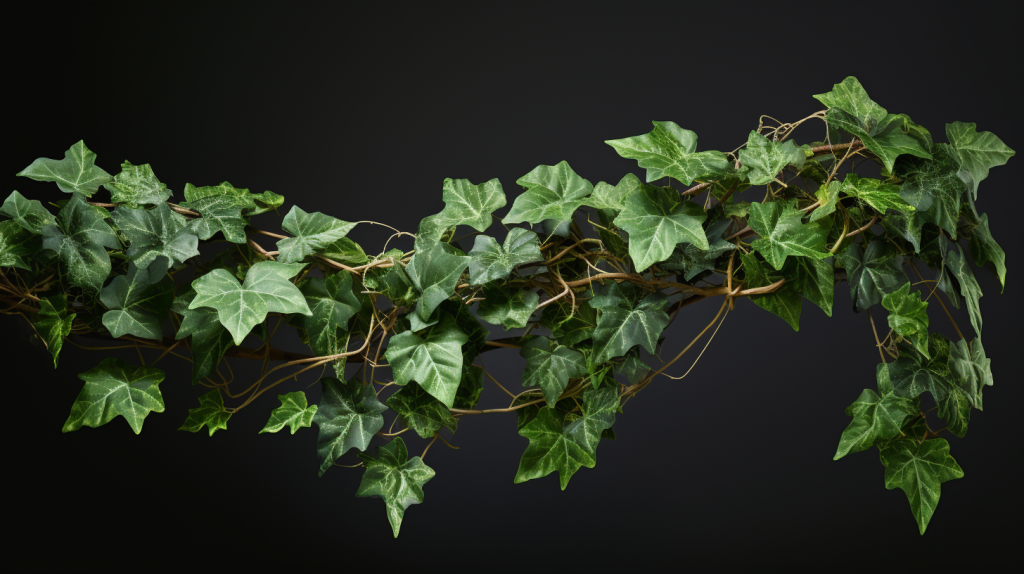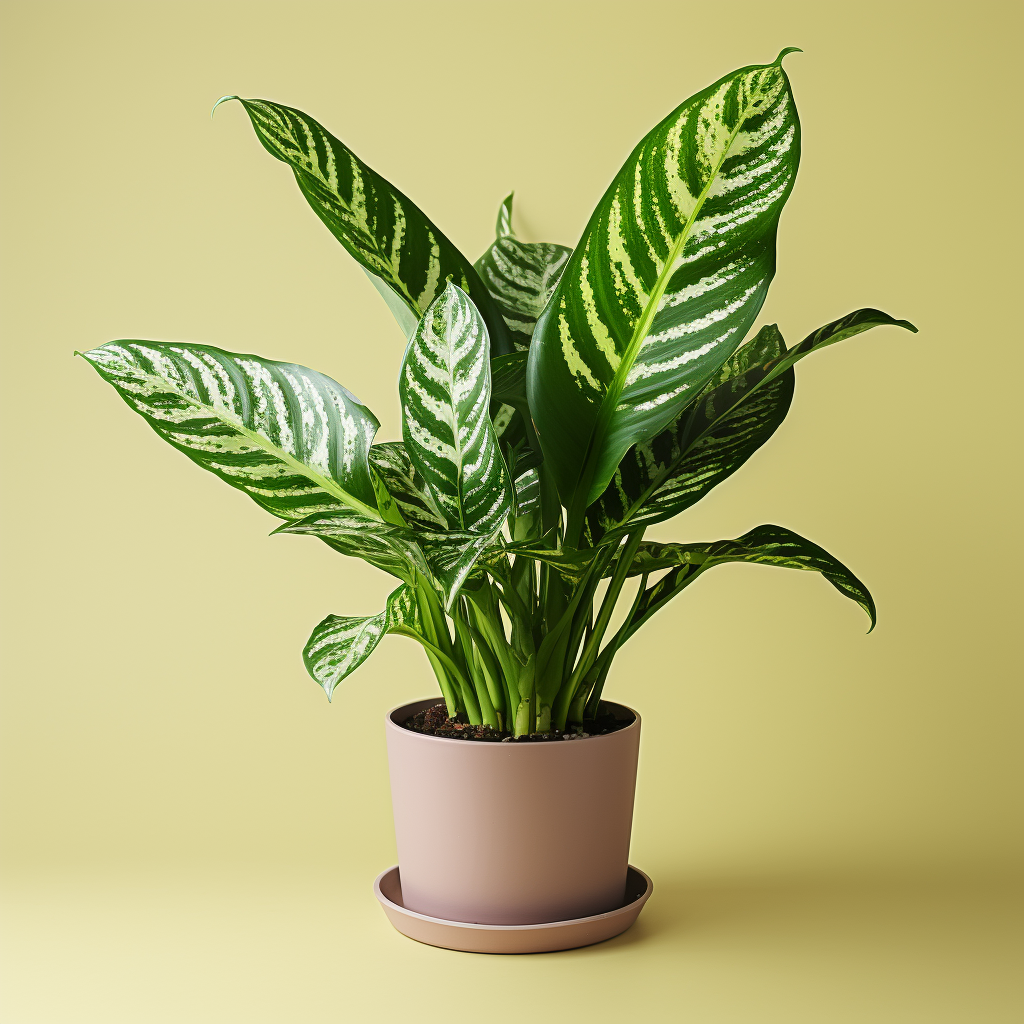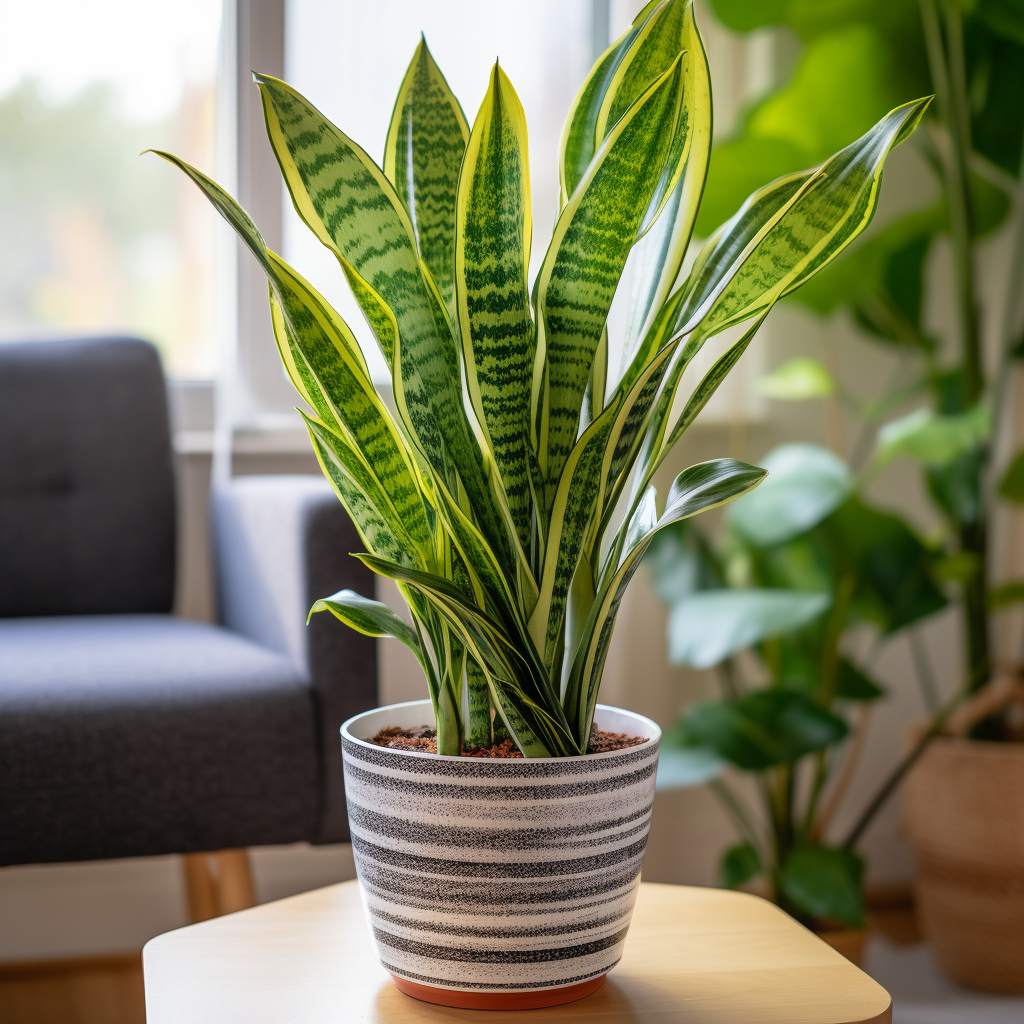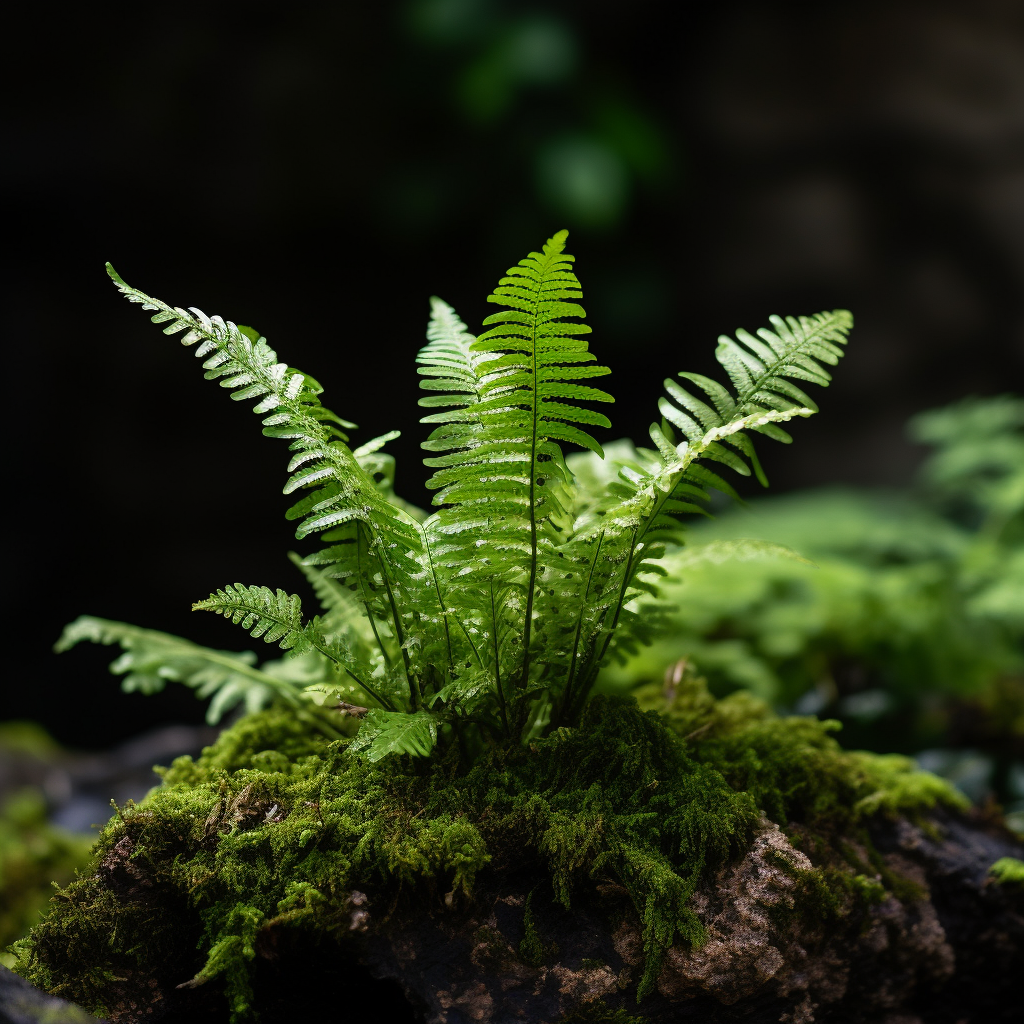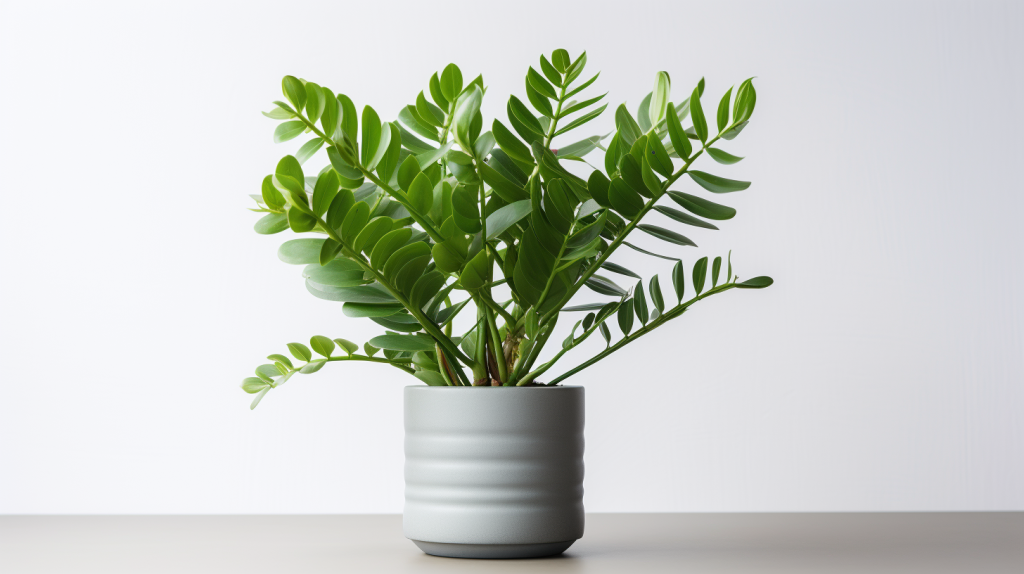Have you heard about the English Ivy, also known as Hedera Helix? This lush, trailing plant is known for its beauty and tenacity. In this article, we’re going to take a deep dive into everything there is to know about this classic houseplant and outdoor ornamental fixture.
What is the English Ivy?
The English Ivy, scientifically named Hedera Helix, is a fast-growing, evergreen vine popularly grown both indoors and outdoors across the world. Originally from Europe and Western Asia, it has become naturalized in many other parts of the globe thanks to its adaptability and robustness.
Description Of English Ivy
English Ivy is renowned for its lush, trailing foliage, which comprises small, pointed leaves in a distinctive three to five-lobed shape. These leaves exhibit a glossy, dark green hue with lighter veins, adding to its visual appeal. Moreover, its ability to climb and form dense coverings over walls and trees has made it a favorite choice among gardeners.
What Does The English Ivy Look Like?
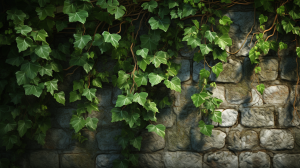
An average English Ivy plant has long, trailing stems densely covered with leaves. These leaves are evergreen, meaning they remain on the plant all year round, providing constant color and cover. The plant can reach heights of up to 100 feet in the wild, but in a domestic setting, it tends to stay a manageable size.
English Ivy Flowering
While it’s primarily grown for its foliage, English Ivy does flower under the right conditions. These flowers are small, yellow-green in color, and occur in clusters. Flowering typically happens in late summer to early fall, followed by the production of small blackberries.
Displaying English Ivy
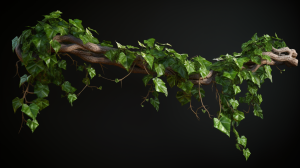
English Ivy is a versatile plant that can be displayed in various ways. Indoors, it is commonly kept in hanging baskets or pots where its trailing vines can cascade down. Outdoors, it can be planted to climb walls, fences, or trellises, creating a lush, green screen or groundcover.
Is The English Ivy Poisonous?
Yes, it’s important to note that all parts of the English Ivy plant are poisonous if ingested. This is due to the presence of a compound called hederasaponins. Therefore, it’s essential to keep this plant out of reach from pets and children.
English Ivy Facts
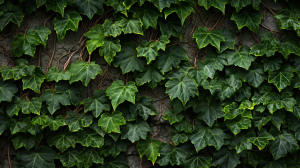
Let’s take a look at some interesting facts about the English Ivy:
| Fact | Detail |
|---|---|
| Origin | Europe and Western Asia |
| Plant Type | Evergreen vine |
| Growth Speed | Fast |
| Max Height | 100 feet (in wild) |
| Toxicity | Yes, to humans and pets |
Caring For English Ivy
Here are some crucial care tips for English Ivy:
| Care Aspect | Instruction |
|---|---|
| Light | Indirect, bright light |
| Watering | Moderately, only when the top soil is dry |
| Soil | Well-draining |
| Temperature | 50-70°F |
| Fertilizer | Balanced, once a month during growing season |
Common Problems
The most common problems faced when growing English Ivy include pest infestations (like spider mites and aphids), leaf spot, and root rot, often due to overwatering or poor drainage.
Frequently Asked Questions
- Can English Ivy be grown indoors?
Yes, English Ivy makes an excellent houseplant. It prefers bright, indirect light and cooler temperatures, which makes it perfect for indoor conditions. - Is English Ivy invasive?
In some regions, yes. English Ivy is considered invasive in parts of North America and Australia, where it can outcompete native plants. - How often should I water my English Ivy?
Water your English Ivy moderately, making sure the top layer of soil is dry before watering again. Overwatering can lead to root rot. - Can English Ivy survive in low light?
While English Ivy prefers bright, indirect light, it can tolerate low light conditions, although growth may be slower. - Does English Ivy attract pests?
Like many houseplants, English Ivy can be susceptible to pests like spider mites and aphids. Regular inspection and prompt treatment can keep these pests in check.
Conclusion
Whether you’re a seasoned plant enthusiast or a beginner looking to add greenery to your space, the English Ivy offers a mix of beauty and resilience that’s hard to beat. Remember, this plant is versatile, stunning, but requires specific care to thrive. Now that you’re armed with all the facts and tips about English Ivy, you’re ready to let this classic vine bring a touch of nature into your life.
References

